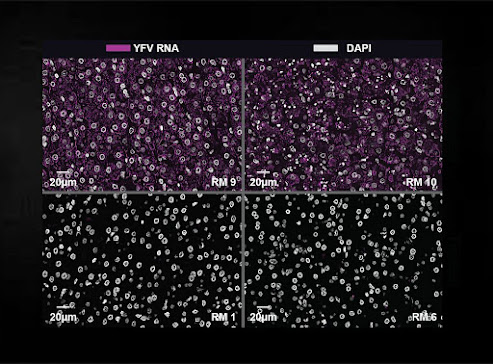Microelectronics forms the foundation of much modern technology today, including smartphones, laptops and even supercomputers. It is based on the ability to allow and stop the flow of electrons through a material. Spin electronics, or spintronics, is a spinoff. It is based on the spin of electrons, and the fact that the electron spin along with the electric charge creates a magnetic field.
“This property could be exploited for building blocks in future computer memory storage, brain-like and other novel computing systems, and high-efficiency microelectronics,” said Charudatta Phatak, group leader in the Materials Science division at the U.S. Department of Energy’s (DOE) Argonne National Laboratory.
A team including researchers at Argonne and the National High Magnetic Field Laboratory (MagLab) discovered surprising properties in a magnetic material of iron, germanium and tellurium. This material is in the form of a thin sheet that is only a few to 10 atoms in thickness. It is called a 2D ferromagnet.
The team discovered that two kinds of magnetic fields can coexist in this ultrathin material. Scientists call them merons and skyrmions. They are like miniature swirling storm systems dotting the flat landscape of the ferromagnet. But they differ in their size and swirling behavior.



.jpg)




.jpg)






.jpg)

